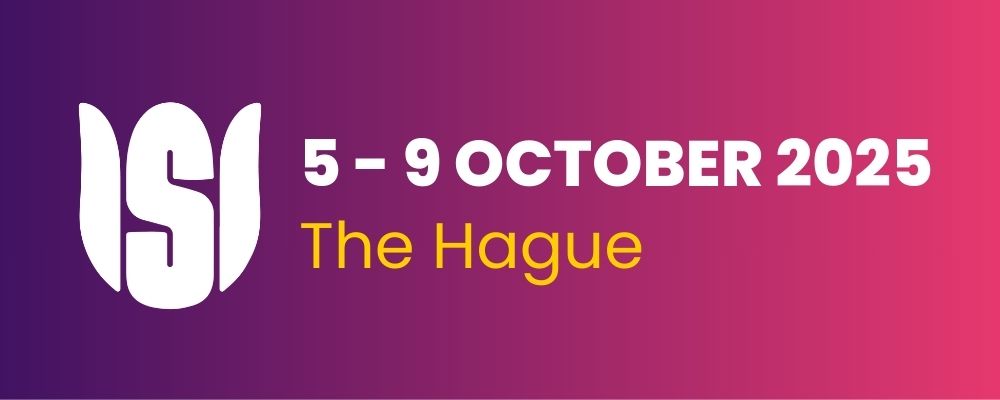Recent Advances on High-Dimensional Statistics for Complex Data
Conference
Category: Other
Proposal Description
With the explosion of data collection the last two decades, there is a huge increase in the research outputs related to topics around high-dimensional statistics. This session focuses specifically in discussing algorithms for more complex data structures, like functional data, spatio-temporal data and matrix-valued data which are even more challenging to analyse given that most traditional techniques have been developed for vector-valued data. Some of the talks will talk about linear feature extraction for high-dimensional data but there will be talks that will also address nonlinear feature extraction which in some cases is much more difficult to establish.
People: This session is put together by Professor Andreas Artemiou (Cyprus) who is an expert in dimension reduction topics and is also a member of the Board of Directors for the European Section of the IASC. Prof. Artemiou has been in the Scientific Program Committee in a number of other conferences and organised a number of invited sessions. There are five speakers which include a senior academic, Nordhausen (Finland), some mid-career academics, like Christou (US), Solea (UK) and Virta (Finland) and a recently graduated and a post-doc, Kimon Ntotsis (Greece-UK). They are all considered expert in their fields with important contributions in the literature. This group of people is the first time that is put together for an ISI World congress conference and we believe that their contributions will be an important addition to other talks on related topics.
Talks: Dr. Chirstou and Dr. Solea will talk about dimension reduction for functional data. Dr. Christou will focus more on dimension reduction for the conditional quantiles of functional data while Dr. Solea will discuss robust feature extraction for non-elliptically distributed functional data. Both talks will focus on the general area of sufficient dimension reduction Dr. Nordhausen will move along the same lines but will also add another dimension as it will discuss spatio-temporal data but will discuss Blind Source Separation rather than sufficient dimension reduction. Furthermore, Dr Virta, will discuss higher order moment-based projection pursuit methodology for matrix-valued data. Finally, Dr. Ntotsis will discuss a novel methodology for identifying highly correlated nonlinearly extracted features from a variety of datasets.
Value: The discussion of matrix valued data is extremely interesting nowadays, due to the number of practitioners needing to analyse 2D data like images - i.e. medical images - as well as text-data that are being translated into 2D data matrices. Similarly, for text data the constructed 2d data matrix is usually comprised of highly non-elliptically distributed values and therefore it will be of great interest to hear talks on this topic. Classic methodology has been extended in a number of directions in the case of functional data but in this session we will focus on algorithms less well studied inthe feature extraction for functional data context, due to the extra complexity for conditional quantiles as well as non-elliptical methodologies. Finally, we will discuss a number of nonlinear methods for feature extraction in spatiotemporal and other types of data.
Submissions
- Introduction of the Kernel Association Rotation Analysis for Unsupervised Data Projection
- Kurtosis-based projection pursuit for matrix-valued data
- LASSO PSVM - Sufficient Dimension Reduction in High Dimensional Settings
- Nonlinear blind source separation for spatio-temporal data
- Robust Inverse Regression for Elliptical Functional Data
- Sufficient Dimension Reduction for Conditional Quantiles for Functional Data
